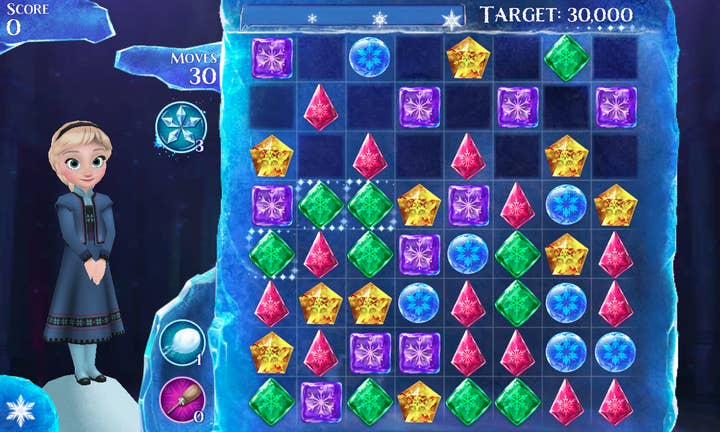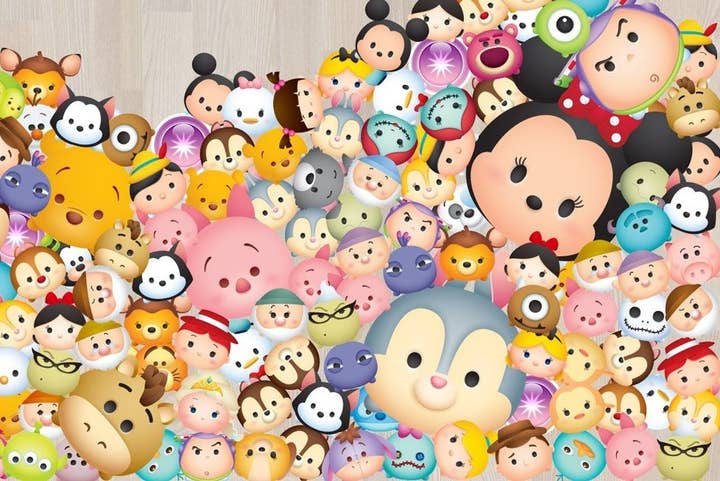Good news for games at Disney, but still a tiny cog in the machine
Margins up despite drop in sales as mobile gains while Infinity suffers
Disney Interactive's first quarter results for FY 2015 show a dip in revenues but an almost identical rise in profits, with mobile titles shouldering the burden of a difficult period for Infinity.
Sales in the division were down by $19 million to $384 million, year-on-year but operating income, the closest figure to net which Disney reveals for its games arm, was up by $20 million to $75 million.
No breakdown was given of where exactly the sales and margins lay, but the improvements in profit were attributed directly to mobile. Both Frozen Free Fall and Japanese hit Tsum Tsum were named as key drivers, with an additive effect of lower development costs resulting from a streamlined product pipeline. The Tsum Tsum app has yet to quite replicate Asian success in America, but the accompanying soft toy line - which are essentially super-deformed Beanie Baby versions of popular Disney characters, has proven exceedingly popular. In fact, even disney seemed to be caught off guard by that success, massively under-stocking them in US stores last year.
On the downside, console sales dropped. Disney Infinity saw lower revenues, higher per-unit production costs and a higher marketing burden, presumably reflecting the ongoing battle of attrition for the mindspace of children which Disney is conducting with Activision's Skylanders.

On that front, Disney appear to be losing ground. In Activision's most recent financials, from November 2014, Skylanders Swap Force was lauded as a tremendous success. According to that report, "In North America and Europe combined, for the first nine months of 2014, Activision Publishing's Skylanders SWAP Force was the #4 best-selling console and handheld game overall in dollars, and in North America and Europe, Skylanders toys outsold the #1 action figure line." The launch of the subsequent Skylanders Trap Team in October last year is unlikely to have improved Infinity's outlook.
It's not all bad news for Disney's toyset, though. Despite sales being of the accessories and catalogue games being down, the sales of starter sets were up. Given the loss-leader nature of the model, if Disney can improve the attachment rate of high-margin figurines to those new customers, it could quickly push Infinity's graphs back up.
The efficacy of Disney's tightly interwoven marketing machine is difficult to judge in silo'd analysis such as this. The unique nature of the flow of IP to Infinity from Disney's movies and back-catalogue means that sudden success elsewhere can very quickly translate to big sales of games and, more profitably, figures. Likewise with the success of IP-focused games like Frozen Free Fall. It's worth bearing in mind that, whilst the $20 million rise in profits in Interactive is a 36 per cent jump, almost double that of the still impressive 19 per cent hike in the company's fortunes overall, when compared to the phenomenal $2.18 billion in net income recorded for the quarter by the company as a whole, the vicissitudes of the Interactive bottom line pale into insignificance. For Disney, games are just another shop window, albeit one with margins which would keep most companies extremely happy indeed.

